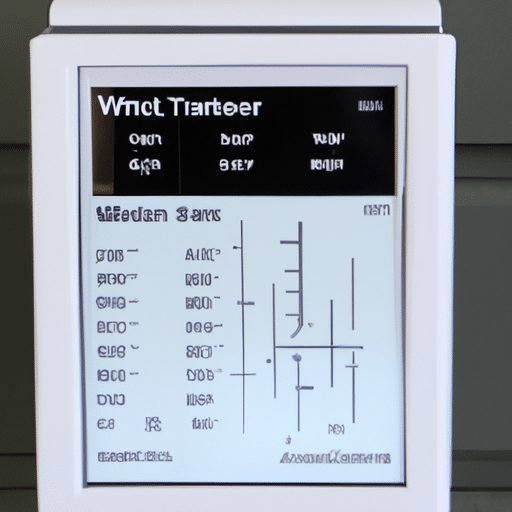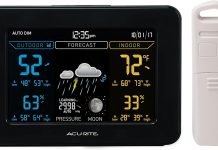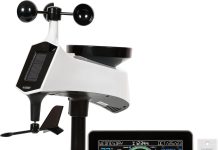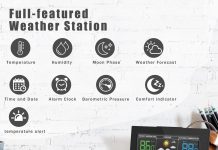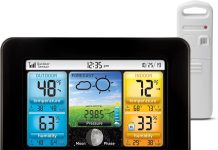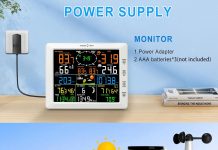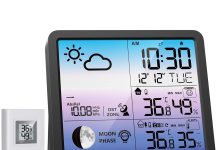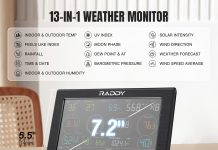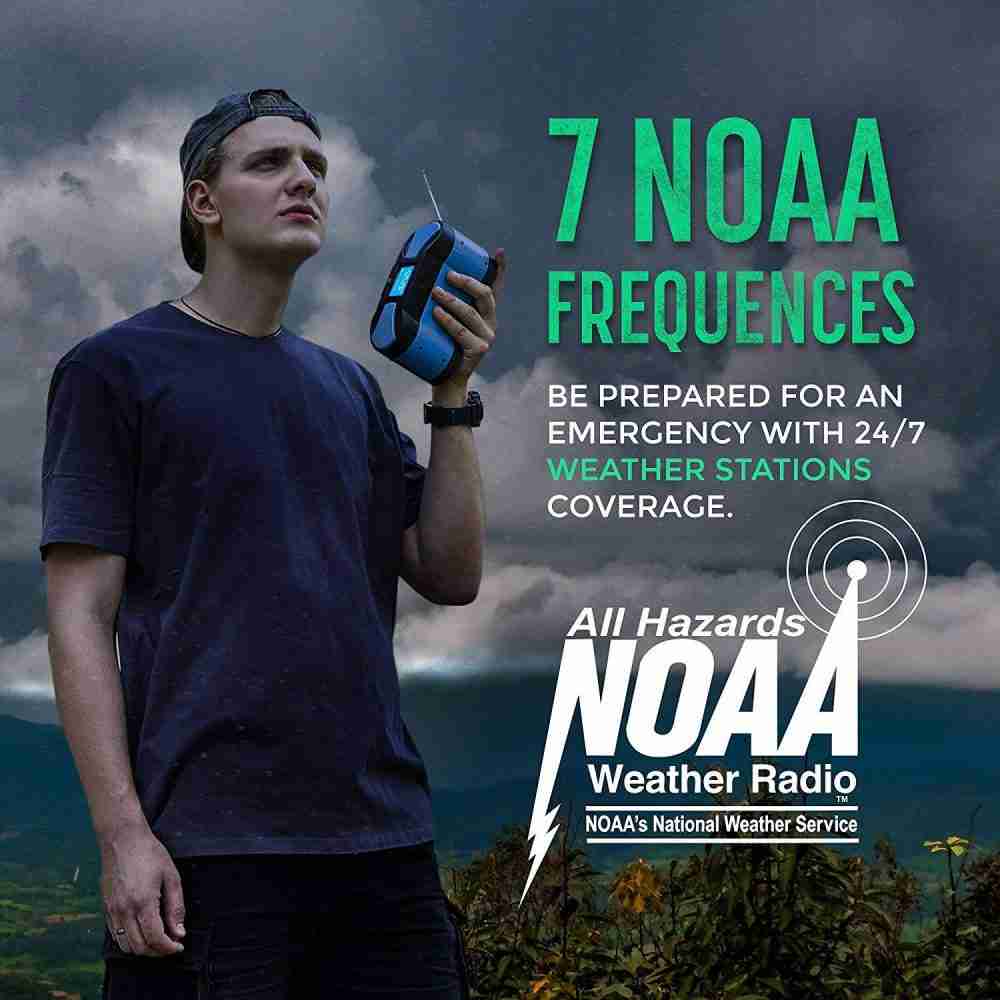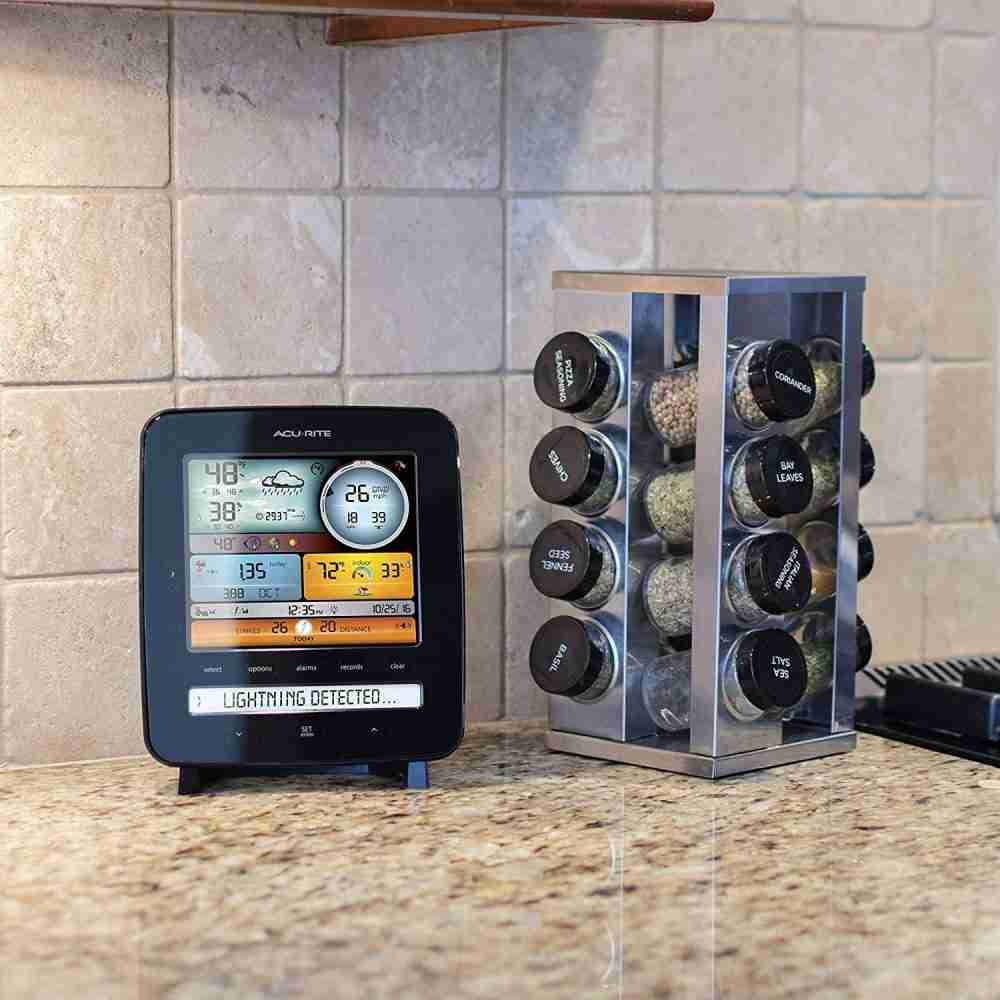Curiosity about the wonders of weather can easily be satisfied by a basic home weather station. With a multitude of weather variables at our fingertips, we find ourselves constantly amazed and in awe of the endless elements of the atmospheric orchestra. From the temperature and humidity to wind speed and rain accumulation, this article explores the myriad of weather variables that a basic home weather station can effortlessly measure. So, join us as we embark on a journey to uncover the fascinating world of weather monitoring right from the comfort of our own homes.
Temperature
A basic home weather station is a valuable tool for monitoring the temperature both indoors and outdoors. With the ability to measure temperature, you can keep track of the current conditions and make informed decisions on how to best regulate the climate in your home. By simply glancing at the weather station’s display, you’ll be able to see the current indoor temperature. This is especially helpful during extreme weather conditions, such as heatwaves or cold snaps, as you can adjust your thermostat accordingly to ensure you and your loved ones are comfortable. Additionally, the outdoor temperature reading allows you to be aware of the conditions before stepping outside, ensuring you dress appropriately for the weather.
Humidity
Humidity is another important weather variable that a basic home weather station can measure. Indoor humidity levels can greatly impact our comfort and overall well-being. Excessive humidity can lead to a muggy and uncomfortable environment that may promote the growth of mold and mildew. On the other hand, low humidity can cause dry skin, irritated eyes, and respiratory discomfort. By monitoring the indoor humidity with a weather station, you can take proactive steps, such as using dehumidifiers or humidifiers, to maintain an optimal humidity range in your home. Furthermore, knowing the outdoor humidity can provide insights into how the weather might feel, as high humidity can make hot temperatures feel even more unbearable, while low humidity can make cold temperatures feel even colder.
Barometric Pressure
Barometric pressure, also known as atmospheric pressure, is a crucial weather variable that impacts our daily lives more than we may realize. Changes in barometric pressure can affect our bodies, especially those who are sensitive to such fluctuations, such as people with migraines or joint pain. A home weather station can provide you with the current barometric pressure reading, allowing you to anticipate any potential changes in weather conditions. Furthermore, most weather stations also offer a barometric pressure trend feature, indicating whether the pressure is rising or falling. This information can be helpful for predicting future weather patterns and understanding if a storm is approaching or if fair weather is on the horizon.
Wind Speed
The measurement of wind speed is another feature that a basic home weather station can provide. Knowing the current wind speed can be particularly useful for planning outdoor activities, as it allows you to gauge how strong the wind is before heading outside. This information is crucial for activities such as sailing, golfing, or even flying a kite. It will help you determine the conditions and if any precautions need to be taken. By having access to this information, you can make informed decisions about whether to postpone outdoor plans or take extra safety measures when necessary. Additionally, the maximum wind speed reading can provide valuable insights into the strongest gusts that occurred during a specific period, giving you a better understanding of the conditions experienced at your location.
Wind Direction
In addition to wind speed, a home weather station can also measure wind direction. The current wind direction reading allows you to know where the wind is coming from, which is valuable for various reasons. Understanding wind direction is particularly relevant for activities such as sailing or flying, as it helps you determine the optimal route or landing approach, respectively. It can also be useful in day-to-day situations, such as opening windows to take advantage of a favorable breeze or avoiding areas where strong gusts are prevalent. Furthermore, the dominant wind direction reading provides an overview of the prevailing wind patterns in your area over a period of time, which can be insightful for gardening or landscape planning.
Precipitation
A basic home weather station is equipped to measure both rainfall and snowfall, two essential aspects of precipitation. Monitoring rainfall is useful for various reasons, including determining if your garden needs watering or if it is safe to engage in outdoor activities without getting soaked. By tracking the amount of rainfall, you can become more attuned to the weather patterns in your region and plan accordingly. Similarly, being aware of snowfall is crucial during the winter months. It allows you to measure snow accumulation, which impacts various aspects of daily life, such as commuting, shoveling snow, or even participating in winter sports. With a home weather station providing accurate measurements, you’ll be well-prepared for whatever precipitation comes your way.
UV Index
The UV index is an important measurement that indicates the strength of ultraviolet radiation from the sun. Excessive exposure to UV rays can result in sunburns, premature aging, and an increased risk of skin cancer. A home weather station can provide the current UV index reading, which allows you to take appropriate precautions to protect yourself and your loved ones from harmful sun exposure. By knowing the UV index, you can plan your outdoor activities accordingly, whether it’s applying sunscreen, wearing protective clothing, or seeking shade during peak UV hours. This information empowers you to enjoy the outdoors while minimizing the potential risks associated with prolonged sun exposure.
Solar Radiation
Solar radiation refers to the energy emitted by the sun and received on Earth’s surface. The measurement of solar radiation by a home weather station is crucial for various applications, including solar energy monitoring and gardening. Solar radiation levels directly affect the efficiency and output of solar panels, making it essential information for those utilizing solar power systems. Additionally, solar radiation plays a fundamental role in plant growth, influencing the photosynthesis process. By monitoring solar radiation levels, gardeners can gain insights into the amount of light their plants are receiving, helping them determine if adjustments in watering, fertilization, or sunlight exposure are necessary.
Dew Point
Dew point is the temperature at which air becomes saturated, causing water vapor to condense into moisture, creating dew or fog. Monitoring the dew point with a home weather station provides valuable information about the water content in the air. Indoor dew point readings can aid in monitoring the humidity levels within a home, as condensation on windows or surfaces can be indicators of excessive humidity levels. Outdoor dew point readings, on the other hand, can provide insights into the comfort levels outside and whether the air feels humid or dry. By understanding the dew point, you can make adjustments to maintain a comfortable living environment and ensure the well-being of your household.
Heat Index
The heat index is a measurement that factors in both temperature and humidity, giving a better representation of how the weather feels to us. A home weather station with the capability to measure the heat index provides valuable information about the perceived temperature. This is particularly important during hot and humid conditions, as it helps to understand the potential risks of heat-related illnesses, such as heat exhaustion or heatstroke. By monitoring the heat index, you can take appropriate precautions to stay cool and hydrated, such as limiting outdoor activities during peak heat, seeking air-conditioned spaces, and staying well-hydrated. This information empowers you to prioritize your well-being and that of your loved ones during periods of high heat and humidity.
In conclusion, a basic home weather station can measure a wide range of weather variables, providing you with valuable insights into the current conditions both indoors and outdoors. From temperature and humidity to wind speed and precipitation, these measurements allow you to make informed decisions on how to dress, plan outdoor activities, regulate your indoor climate, and protect yourself from potential weather-related hazards. With the comprehensive information provided by a home weather station, you can better navigate your daily routines, staying comfortable, safe, and well-prepared for whatever the weather may bring.

